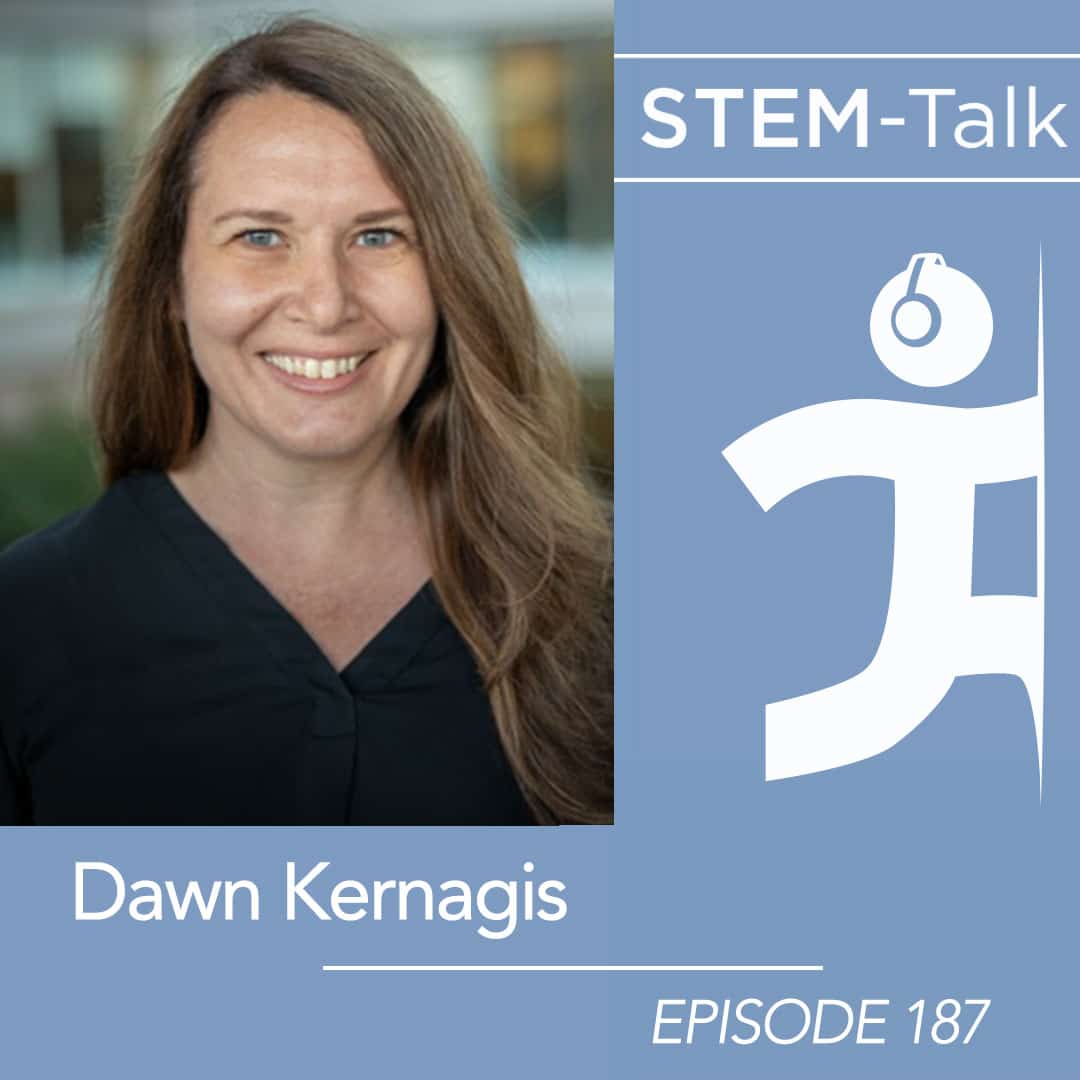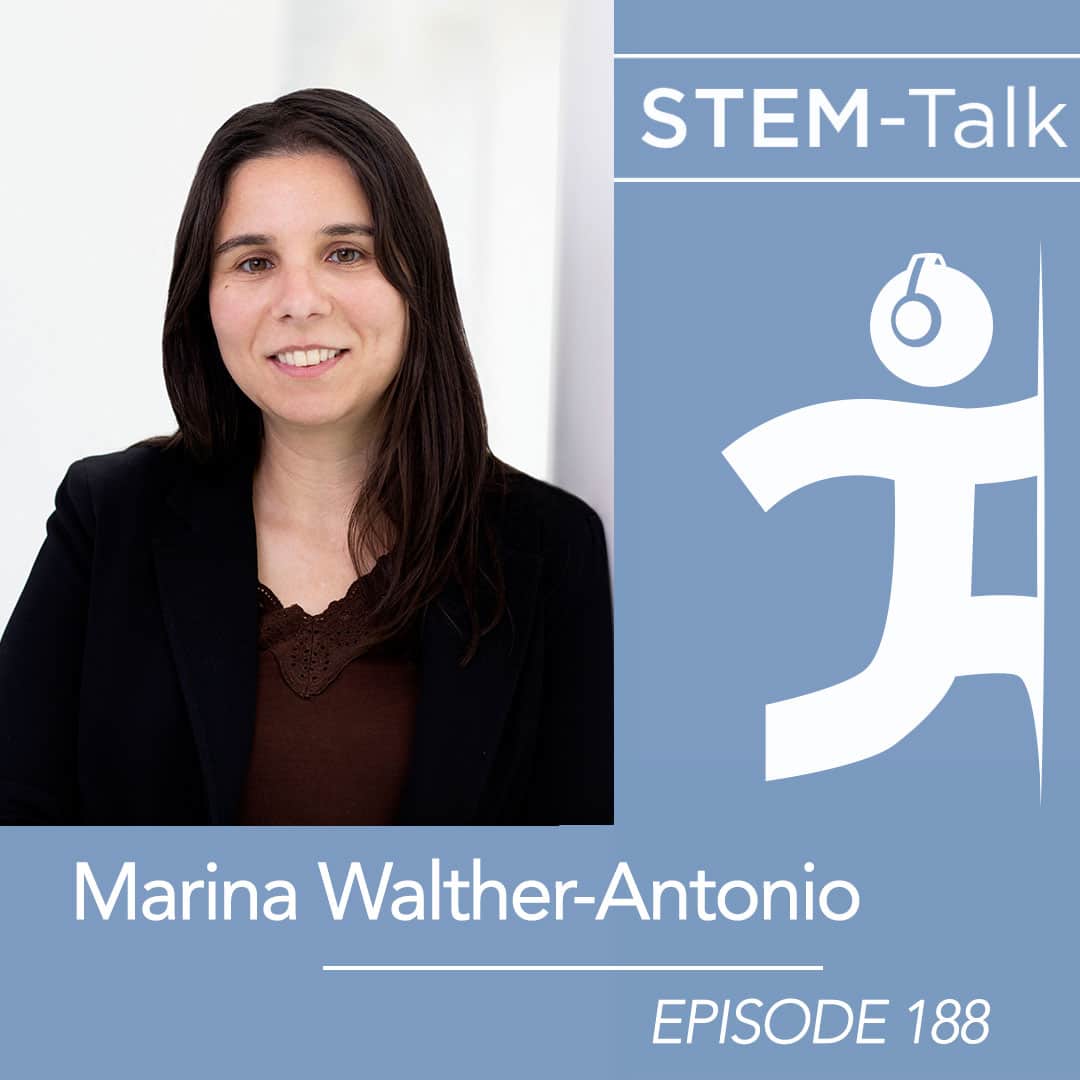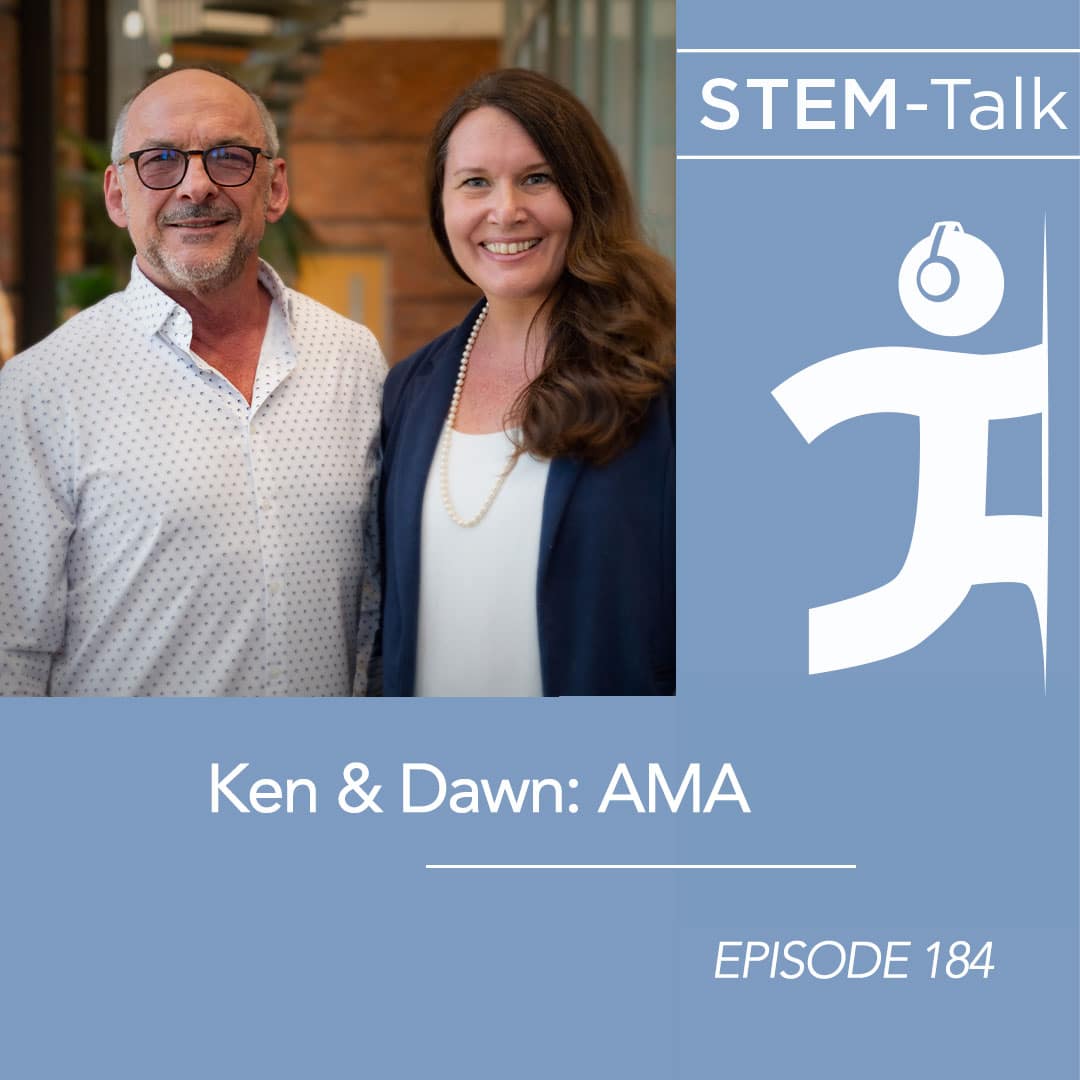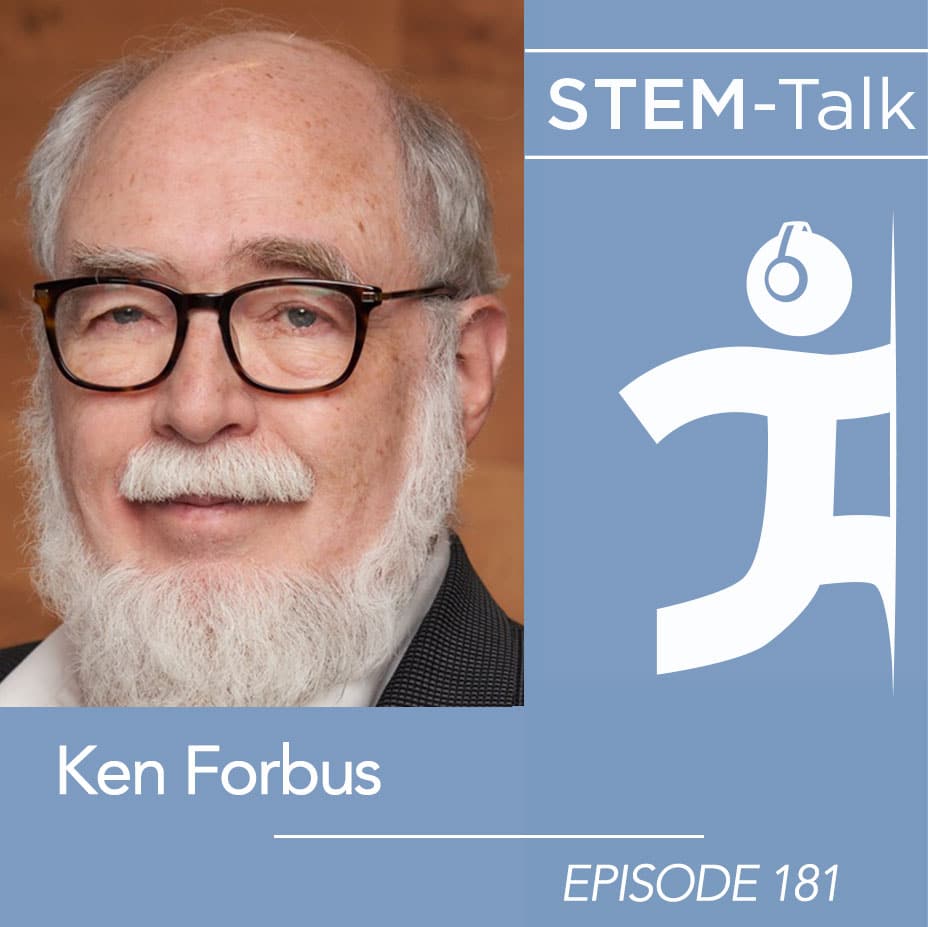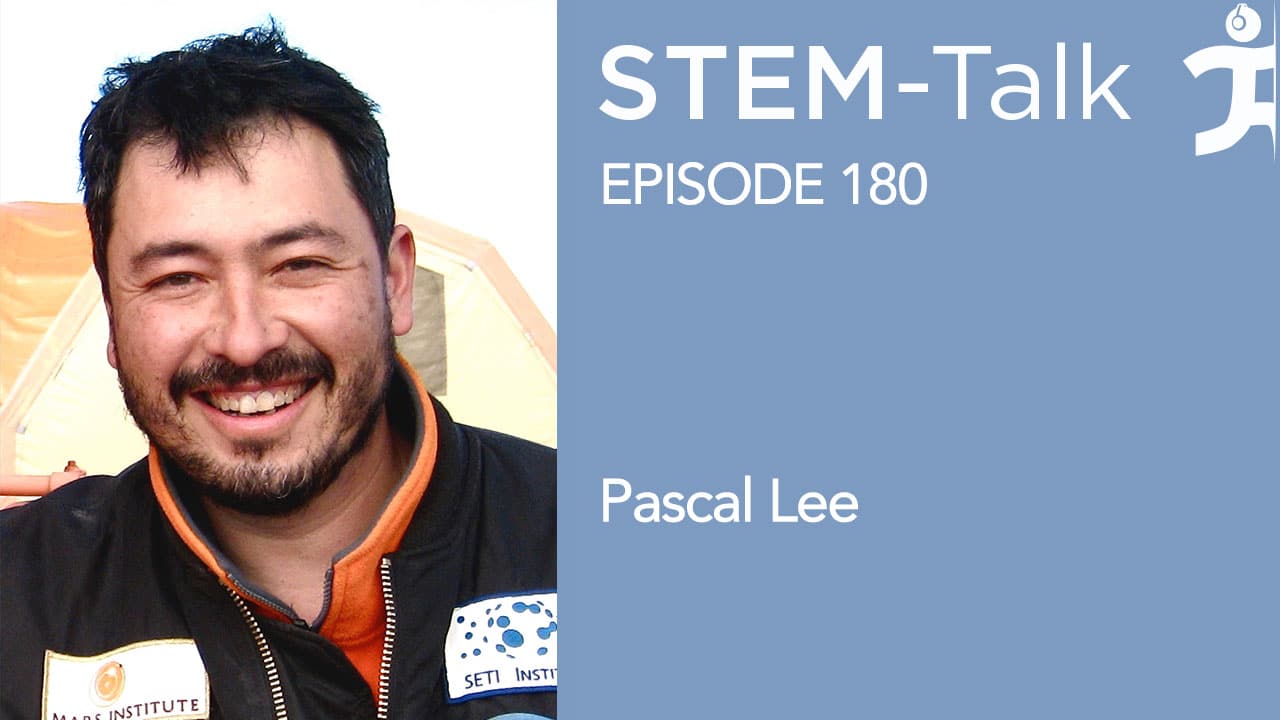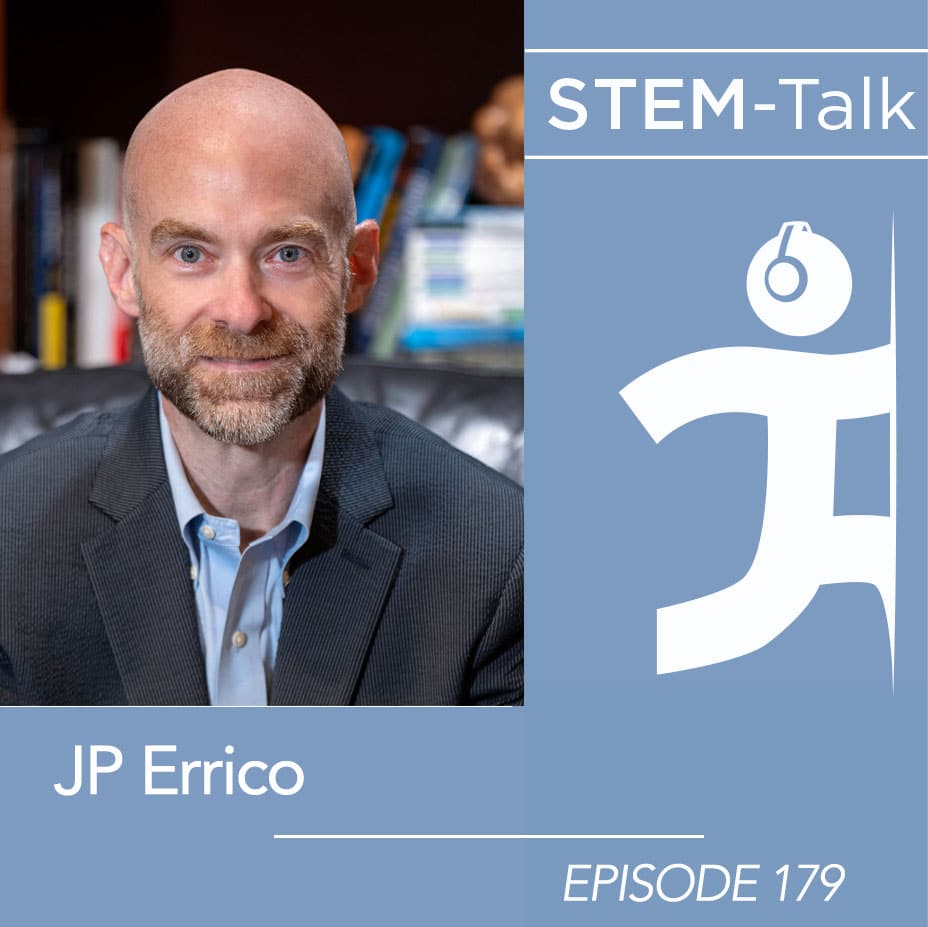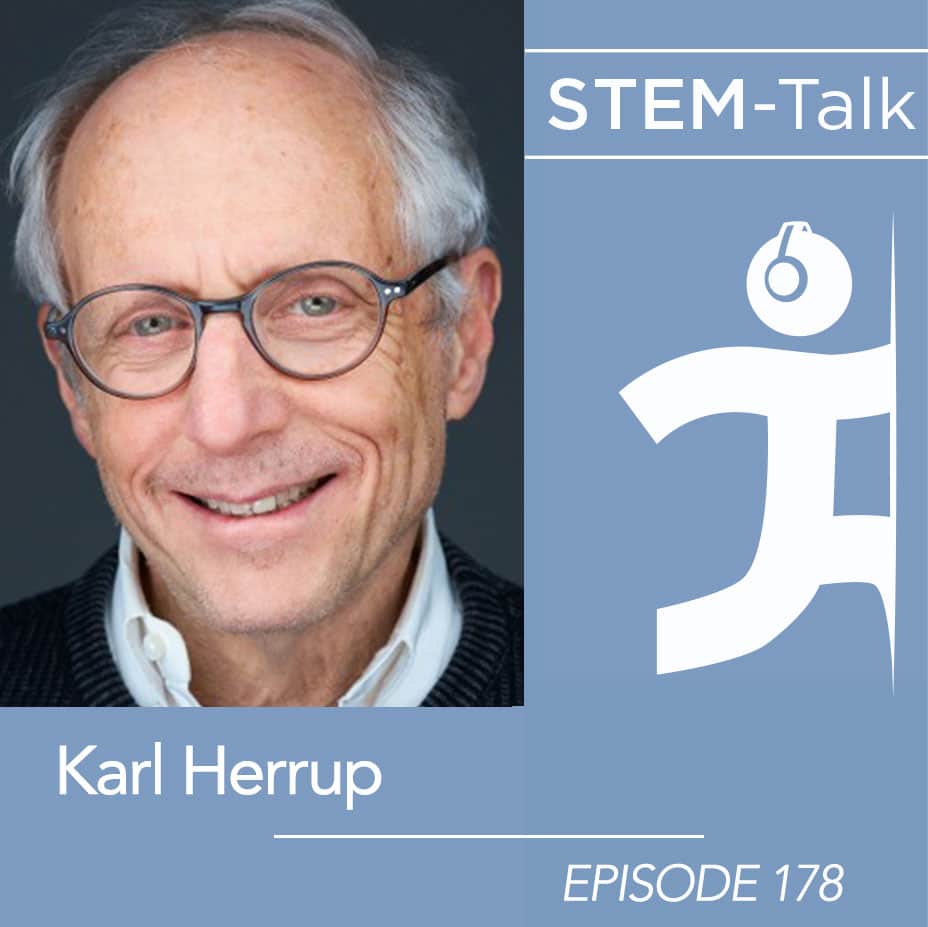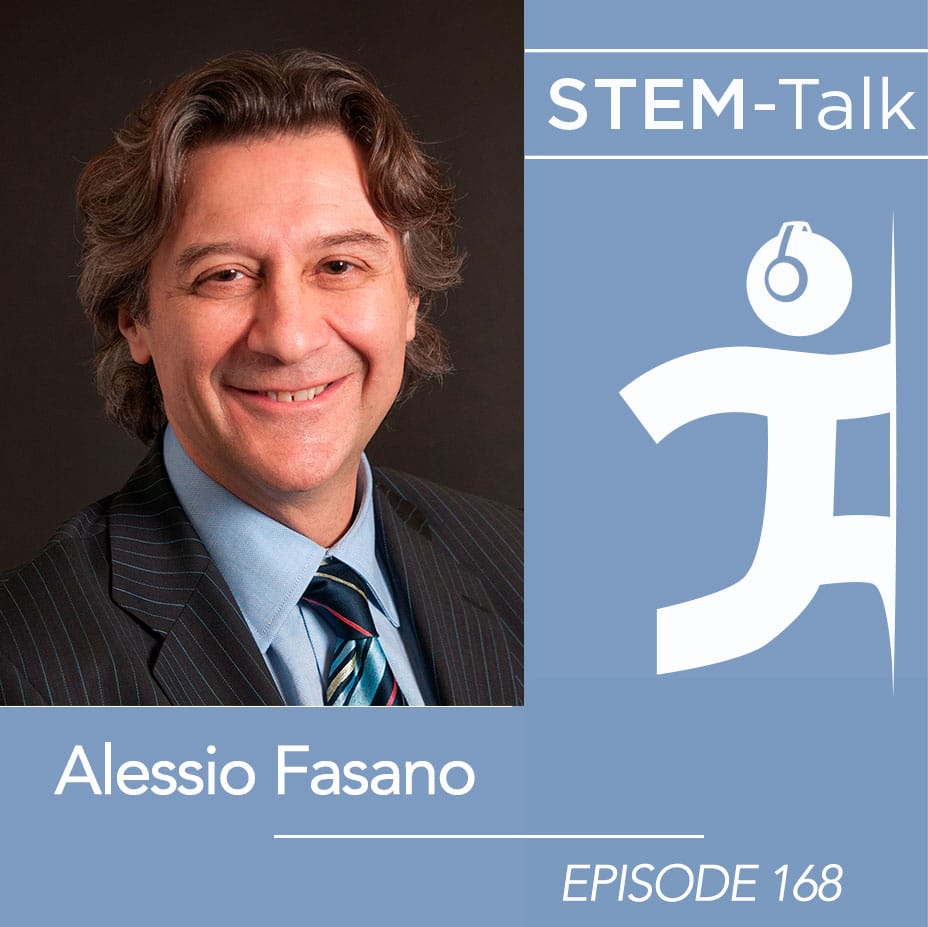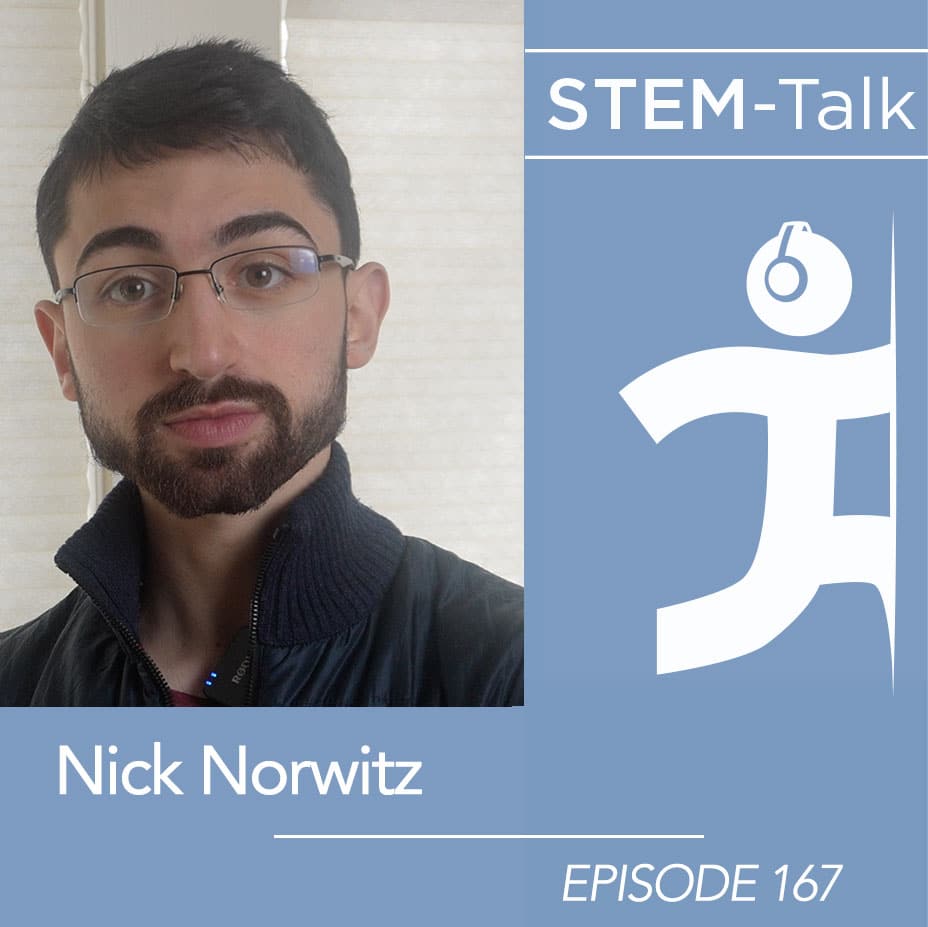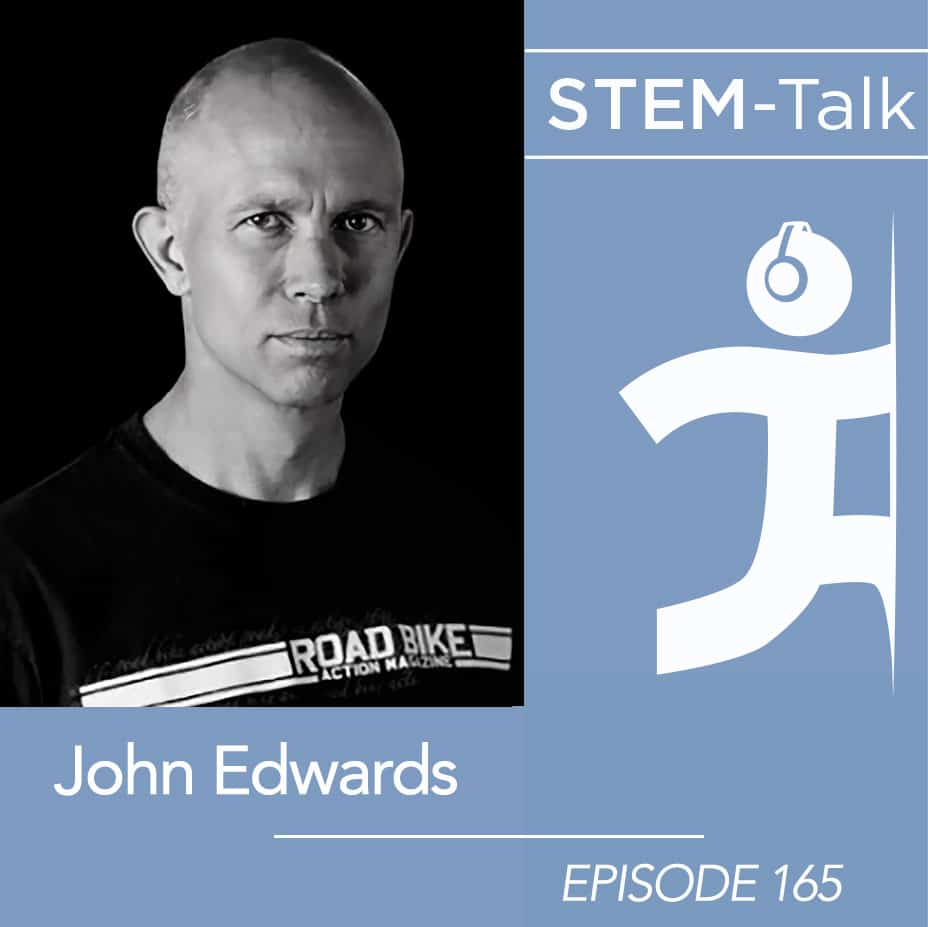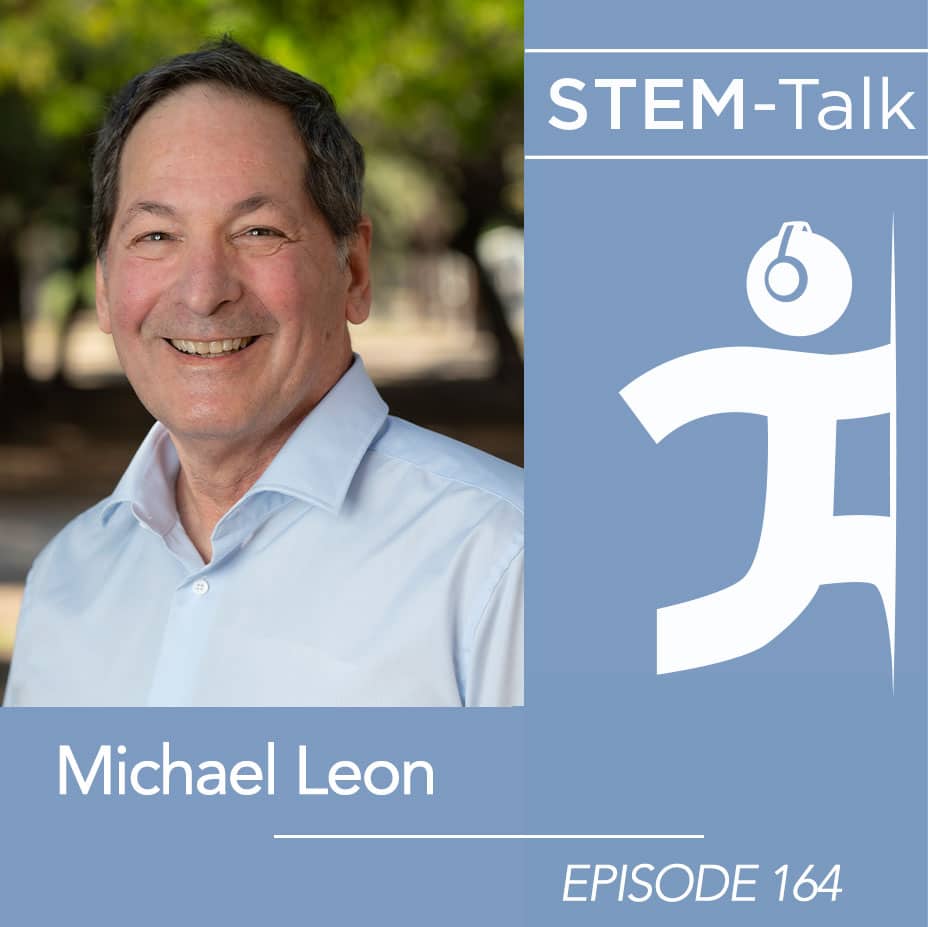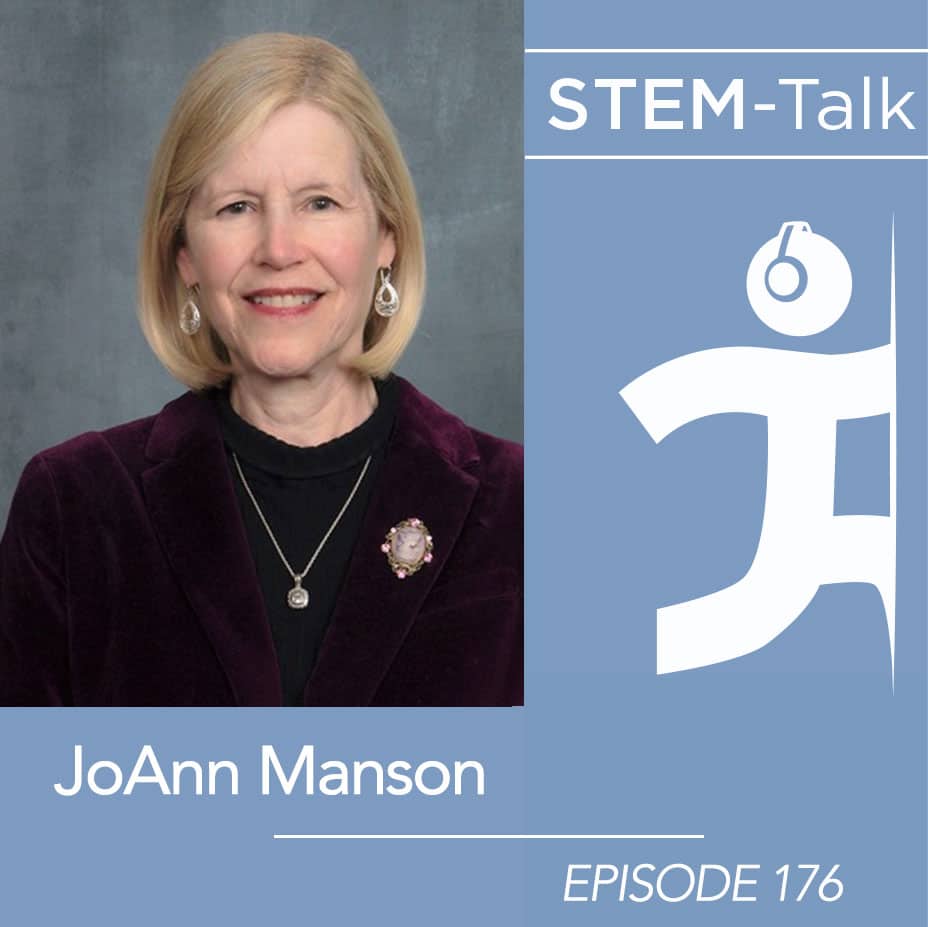Episode 187: Dawn Kernagis talks about creating permanent subsea human habitats
Description
Today Ken interviews his co-host Dr. Dawn Kernagis about her new position as the Director of Scientific Research for DEEP, a UK startup that is pioneering a new era of ocean exploration.
For listeners unfamiliar with Dawn’s background, she is a NASA-trained NEEMO Aquanaut, a Fellow of the Explorer’s Club Fellow and has been inducted into the Women Divers Hall of Fame. In addition to co-hosting STEM-Talk for the past nine years, Dawn is also a Visiting Research Scientist at IHMC.
Dawn’s research over the years has been focused on protecting the brain and nervous system of people working in extreme environments. Prior to joining IHMC, Dawn completed her Ph.D. and Postdoctoral training at Duke University, where she studied the genetics of decompression sickness and mechanisms of oxygen toxicity in divers.
In today’s interview, Dawn talks about DEEP’s mission to create subsea stations that will allow humans to live and work permanently underwater.
Show notes:
[00:03:20 ] Ken reminds listeners of Dawn’s first STEM-Talk appearance as a guest on Episode 19 where she conducted the interview from the bottom of the ocean floor while she was a member of NASA’s NEEMO Mission 21.
[00:04:13 ] Ken asks Dawn what she was like as a child.
[00:05:48 ] When Ken asks Dawn what she was like as a child, she talks about how she was an annoying kid because she was always asking people questions like, “Why is the sky blue?”
[00:06:49 ] Dawn talks about the different places she lived during her childhood.
[00:07:34 ] Ken mentions that Dawn was inducted into the Women’s Divers Hall of Fame. He asks her how old she was when she first became interested in diving.
[00:10:35 ] Dawn talks about how she wanted to attend the University of North Carolina after high school but ended up at North Carolina State University and then Duke University.
[00:12:18 ] Ken asks Dawn to elaborate on her decision to change her field of study multiple times throughout her collegiate career. What follows is an interesting conversation about the importance of a person following their passion.
[00:14:53 ] Dawn talks about cave diving and how she and her friends used to do deep dives of six and seven hours at a time. Dawn explains how this led to her obsession with ways to protect people who dive into extreme underwater environments.
[00:18:28 ] Ken asks Dawn how she learned that some people have a genetic predisposition to decompression sickness.
[00:21:32 ] The conversation shifts to Dawn’s Ph.D. journey and how Richard Moon, who was a STEM-Talk guest on episode 26, played a significant role in her development.
[00:26:14 ] Ken and Dawn reminisce on the practice of performing academic research in libraries.
[00:28:20 ] Ken points out that despite Dawn’s extensive experience in human physiology with respect to diving, her doctoral work focused on cancer-related research. He asks her to talk about that seemingly odd combination.
[00:34:10 ] Dawn talks about two papers that emerged from this research. One paper addressed how genes with bimodal expression patterns not only define clinically relevant molecular subtypes of ovarian carcinoma, but also provide ideal targets for translation into the clinical laboratory. The other paper looked at precise microarray-based predictions of tumor behavior in breast cancer patients.
[00:39:00 ] Ken asks Dawn to recount the story of how the two of them met.
[00:41:52 ] Ken asks Dawn to discuss the paper she co-wrote with Dom D’Agostino on mitochondrial health and its relationship to potentially preventing oxygen toxicity during exposure to hyperbaric environments. Dawn goes on to talk about some of her other IHMC-related research.
[00:43:22 ] Ken asks Dawn to discuss her acceptance into the Aquanaut Program and her participation during one of NASA’s NEEMO missions.
[00:46:04 ] Ken asks Dawn to reflect on her time on NEEMO Mission 21, and if there are any key takeaways she can discuss.
[00:49:04 ] Ken asks Dawn to describe saturation diving, the research involved, and the health implications on saturation divers that are not present in other forms of underwater exploration.
[00:52:04 ] The conversation shifts to how Dawn became the Director of Scientific Research for DEEP, a UK startup that aims to “Make Humans Aquatic.”
[00:55:02 ] Ken explains that DEEP is a company that is pioneering a new era of ocean exploration and asks Dawn to give a primer on the importance of better understanding the Earth’s oceans.
[00:56:12 ] Ken mentions DEEP’s mission to expand human subsea habitation through research and innovation. Dawn explains some of the challenges associated with constructing underwater habitats.
[00:57:36 ] Ken asks about DEEP’s goal to create a relatively permanent deep-sea human habitat, analogous to the International Space Station. Called the Sentinel System, the underwater habitat will serve as a place for researchers to live and work.
[01:01:23 ] Ken explains that the Sentinel System will operate at a depth of up to 200 meters, which represents the epipelagic zone, or sunlight zone, which is the deepest point where light penetrates the ocean. To put this in perspective, the average depth of the ocean is 3,688 meters. Ken asks Dawn to talk about how little we actually know about what exists below the 200-meter depth of the epipelagic zone.
[01:02:58 ] Ken mentions that NASA has a long history of using the sea as a loose analogue for space. With renewed interest in human space exploration of the Moon and Mars, Ken asks if the Sentinel System will help in the preparation for deep space missions.
[01:05:10 ] Ken asks Dawn to discuss what other areas of research she is excited to explore once the Sentinel System is fully operational and in the water, including a project that involves IHMC.
[01:06:50 ] Dawn gives an overview of DEEP’s current testing and training facility, which is located in the UK.
[01:07:55 ] Ken asks Dawn to talk about DEEP’s increased presence in the United States and Florida, including a project with the Florida Institute of Oceanography.
[01:08:47 ] Ken asks Dawn about an anonymous billionaire who is funding DEEP.
[01:10:06 ] Ken asks Dawn about her responsibility of establishing DEEP’s first U.S. office in Raleigh, N.C.
[01.11.03] Dawn ends the interview talking about how much she loves the work that she does.
Links:

